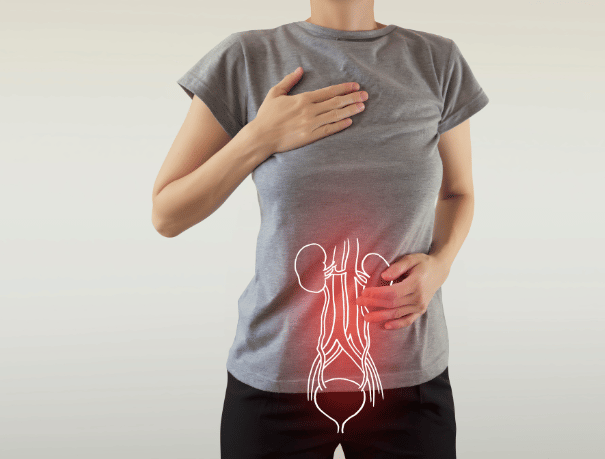Cystoscopy
What does it consist of?
Cystoscopy is a virtually painless diagnostic test performed with a cystoscope. This is a special probe with a small camera on the end (endoscope), which is inserted through the urethra and moves slowly into the bladder showing on a screen the findings of the camera as it passes through the urethra, prostate and bladder.

CASES IN WHICH IT IS RECOMMENDED
Who is it for?
Cystoscopy is used to diagnose, monitor, and treat conditions that affect the bladder and urethra. Your doctor might recommend a cystoscopy to:
- Diagnosis and follow-up of bladder tumors
- Diagnosis of painful bladder, chronic pelvic syndrome, or urethral pain
- Diagnosis of cystopathies (bladder diseases)
- Study of the urethra (such as stricture or obstruction of the urethra)
- Study of prostate adenoma
- Study of repeated urinary tract infections
- Study of hematuria

INSTRUCTIONS
How should you prepare?
Not eat anything 6 hours before the explorations (solid and liquid)

Medical professionals
The specialists who will assist you at CreuBlanca
A team of professionals to take care of you.

Related articles
CreuBlanca's blog
You will find from the hand of our professionals tips to improve your health and information on the latest technologies applied in the medical health sector.
 75 years CreuBlanca
75 years CreuBlanca
02 Jan 2026
3 Min
Stories That Bring Us Together: Dr Enric Miret, Specialist Urologist
In the special feature “Stories That Bring Us Together” marking CreuBlanca’s 75th anniversary, Enric Miret, urologist, shares his deep connection with the institution, his medical vocation, and how innovation and closeness to patients shape his day-to-day work.
 The Expert's Voice
The Expert's Voice
23 Dec 2025
3 Min
Nutrition at Christmas: how to enjoy the festive season without obsessing over weight
At Christmas, it’s also possible to eat in a balanced way. Discover nutrition tips to enjoy the festive season without obsessing over weight.
 The Expert's Voice
The Expert's Voice
15 Dec 2025
1 Min
How to care for your skin in winter: tips to prevent cold-induced dermatitis
Learn how to avoid cold dermatitis and protect your skin from dryness and heating during the winter months
